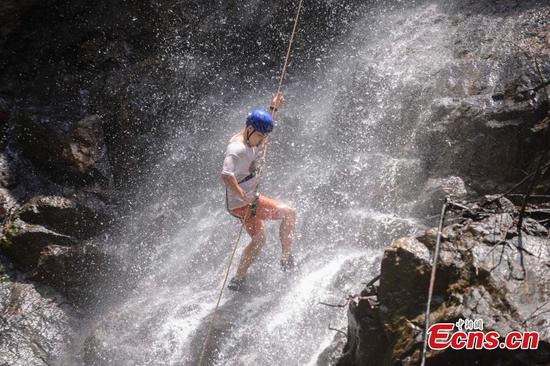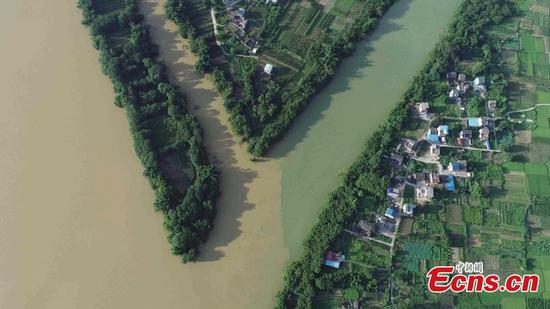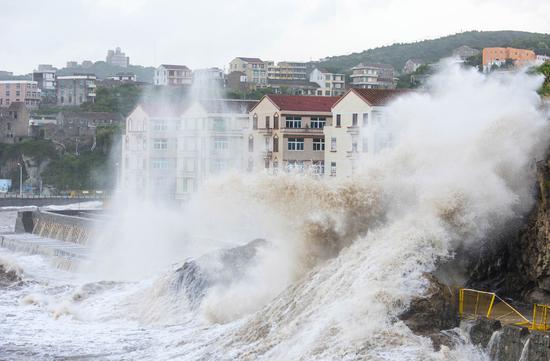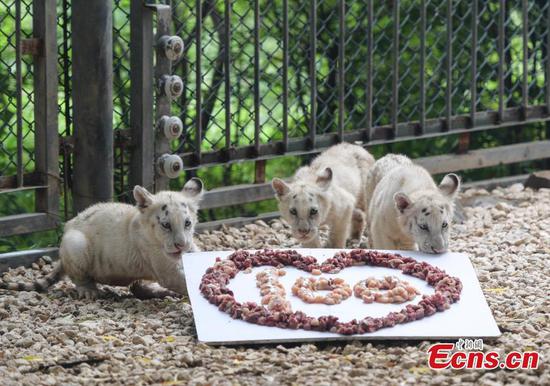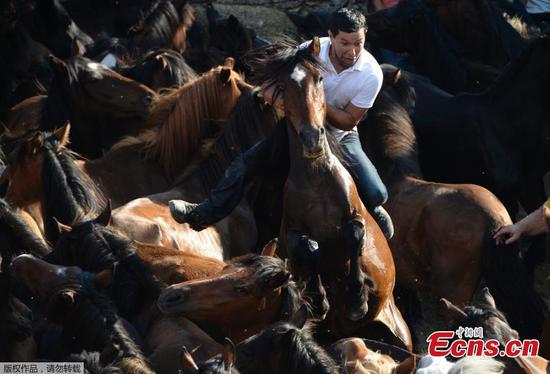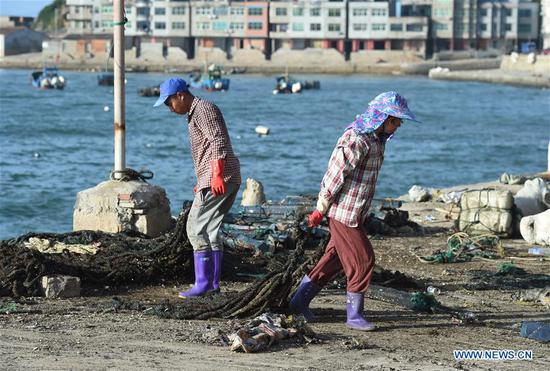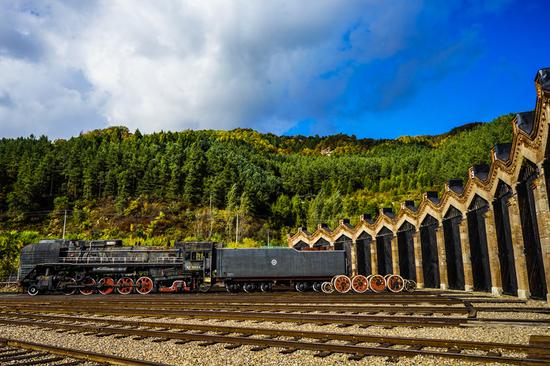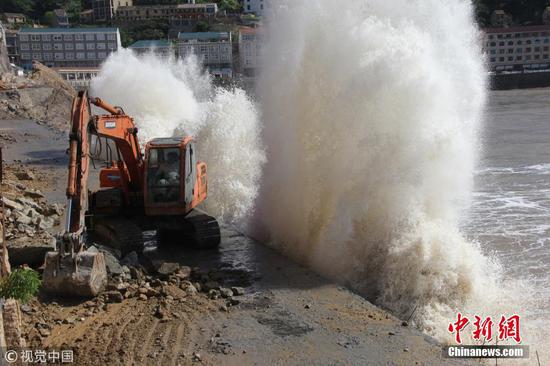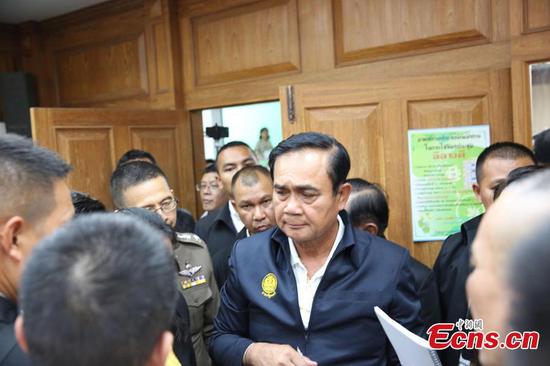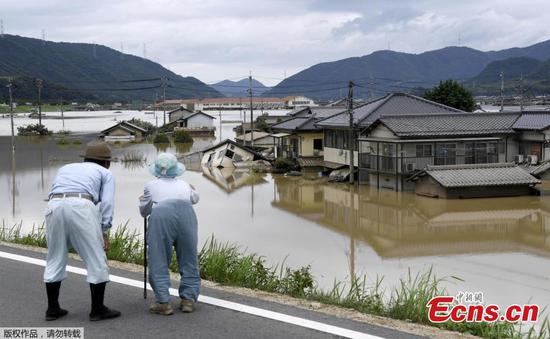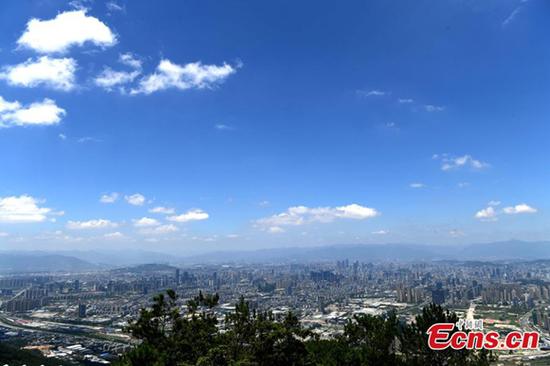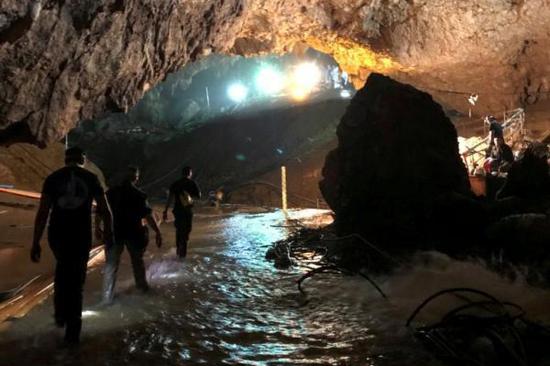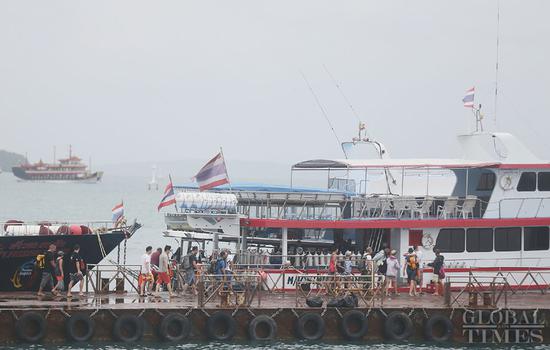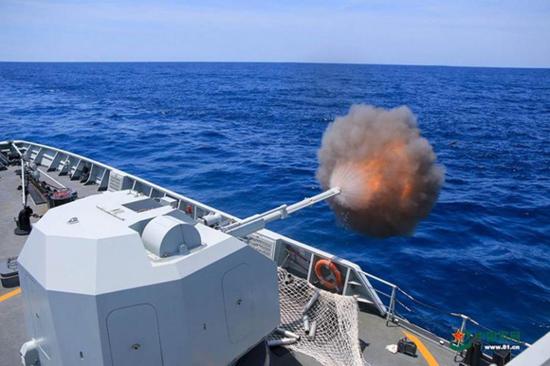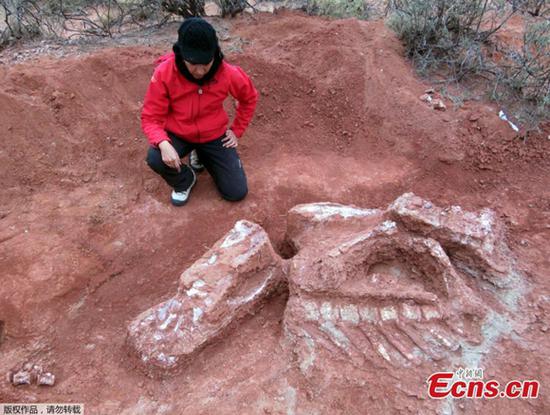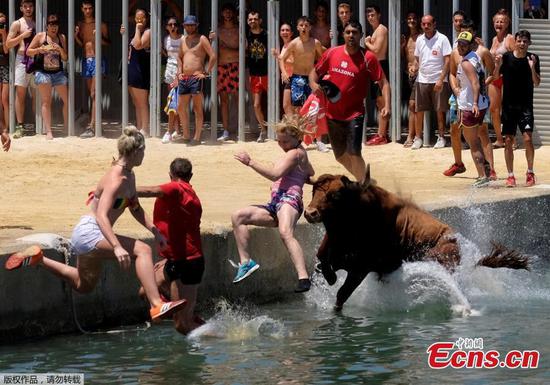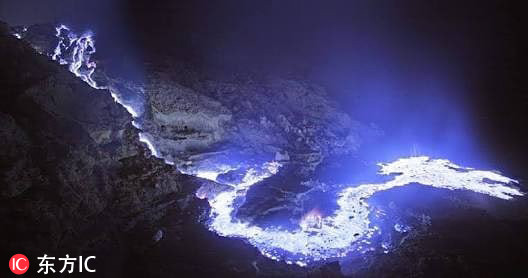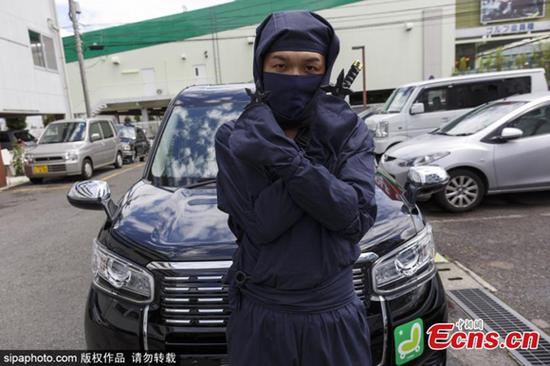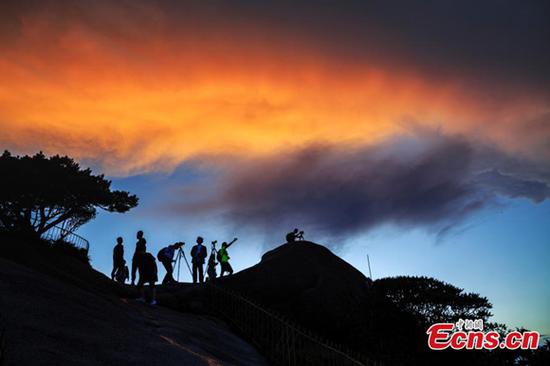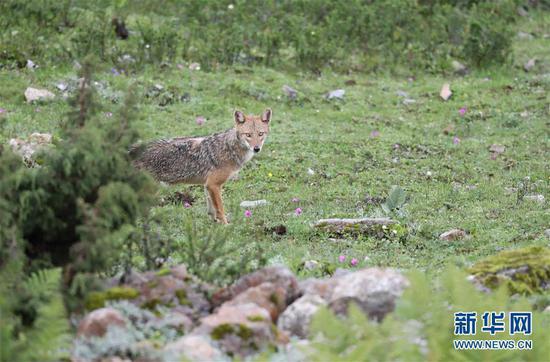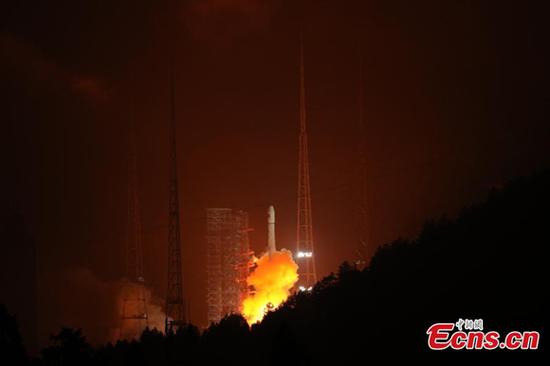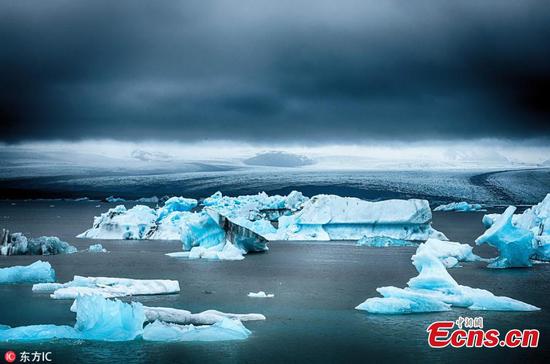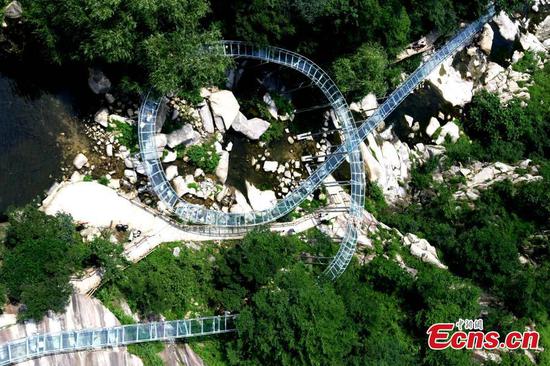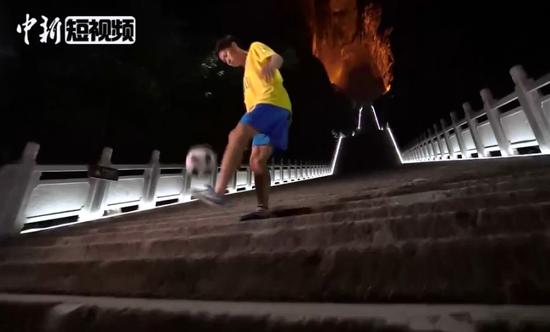Chinese scientists are using unmanned aerial vehicles (UAVs) and thermal infrared remote-sensing technology to monitor permafrost changes on the Qinghai-Tibet Plateau, providing early warning of geological risks in major engineering projects.
The Qinghai-Tibet Plateau is home to large stretches of permafrost, which supports many engineering projects, such as the Qinghai-Tibet Railway, the Qinghai-Tibet Highway and the Qinghai-Tibet grid interconnection project.
Due to global warming and human activity, permafrost on the plateau has degraded significantly. Its rapid thawing can lead to instability, causing land slippages and other geological hazards. Engineered structures in the permafrost region could be deformed or unstable in the future.
Scientists from the Northwest Institute of Eco-Environment and Resources (NIEER) under the Chinese Academy of Sciences are using UAV-based thermal infrared remote-sensing to closely monitor the permafrost.
The researchers use a miniature UAV with a thermal infrared sensor and 3D LiDAR (light detection and ranging) to collect thermal images. They evaluate the thermal dynamics of permafrost slopes and the relationship between infrastructure and permafrost change.
Luo Lihui, of NIEER, said the UAV is a relatively new remote-sensing platform compared with piloted aircraft, satellites and in situ observation.
"It has the advantages of low cost and operational flexibility. Above all, it can collect images with high temporal-spatial resolution, leading to more accurate analysis of permafrost," Luo said.
The thermal change and deformation characteristics of permafrost collected in the research could help assess potential engineering risks. The research was published in the Landslides and Geoscientific Model Development journals.
"The research might also provide new insights into the future design, construction, and maintenance of engineering structures on the surrounding permafrost slopes," Luo said.
The team also developed a Permafrost Indices Computing model, in which 16 temperature and depth-related indices are integrated to estimate possible trends on the Qinghai-Tibet Plateau.
The emergency and risk management department of the Qinghai Meteorological Bureau is using the model in early warning and risk management work.










